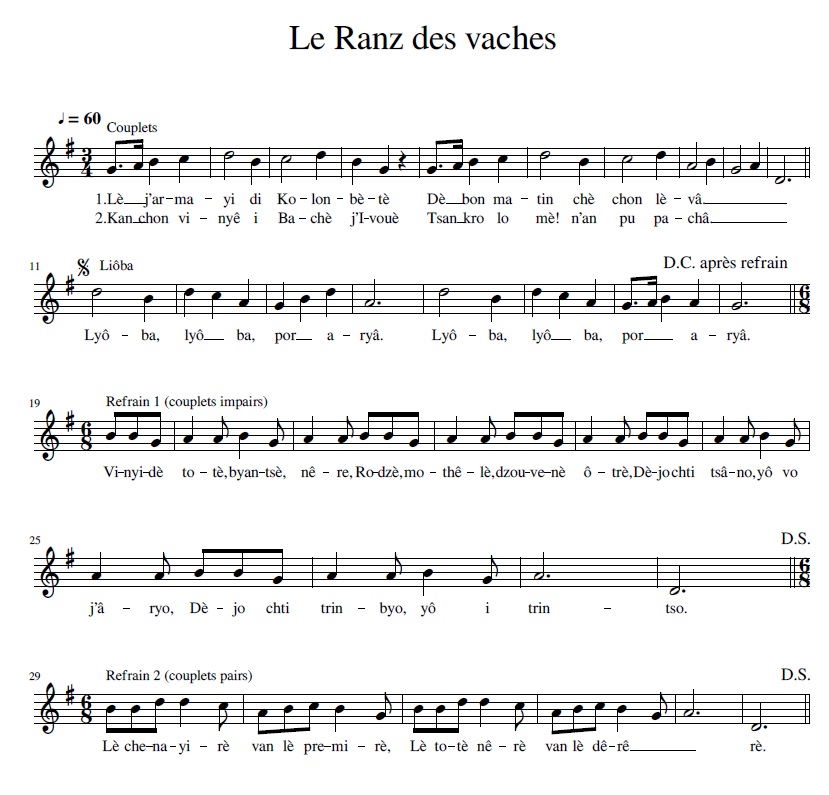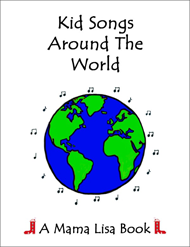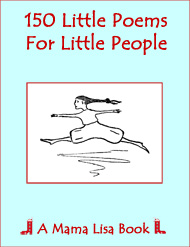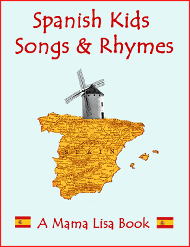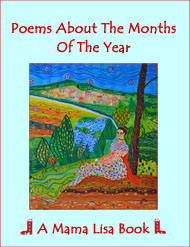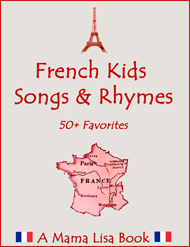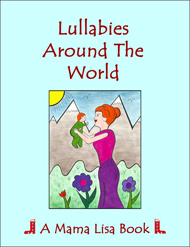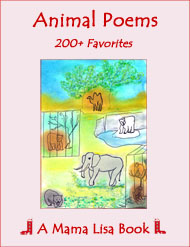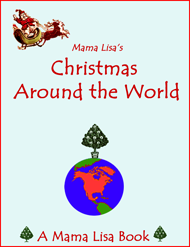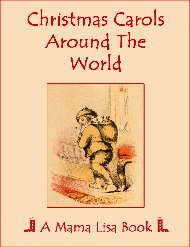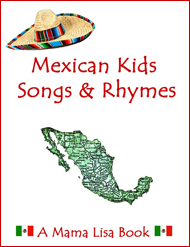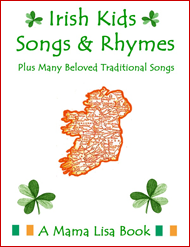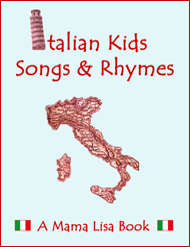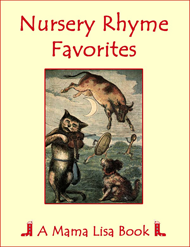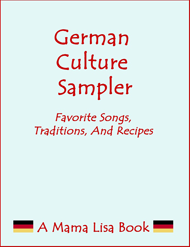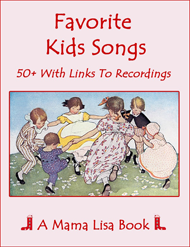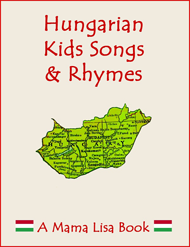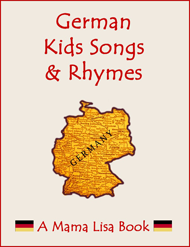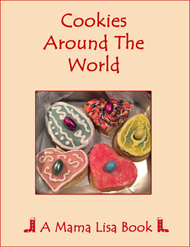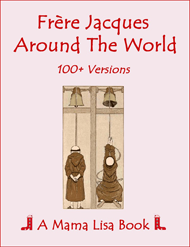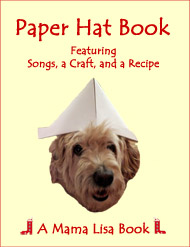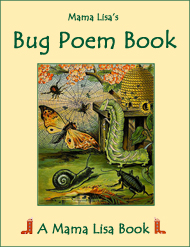Le ranz des vaches
This song is in the dialect of Arpitan called patois gruérien from the Gruyère region that's well known for its cheese. It's about cowherds trying to get their cattle home, but there is flooded ground. So they go to a priest and ask him to pray for the waters to recede. He agrees to saying a Hail Mary in exchange for some cheese.
This cowherds' anthem can be found in print as early as the 16th century. The version below has outshined all the other versions (both lyrics and tune variants) from all the other regions of Switzerland. Some musicians such as Beethoven, Berlioz, Schumann, Mendelssohn, Rossini, Liszt, Wagner and others used the tune in their compositions, as well as André Ernest Modeste Grétry and Friedrich Schiller in "William Tell", in 1791 and 1804 respectively. The present version was arranged by the abbot Joseph Bovet (1879 - 1951).
The philosopher Jean-Jacques Rousseau even spread the legend that this song would have the power to get Swiss soldiers to desert when they were abroad by striking them with "delirium melancholicum" (homesickness).
It's been proposed as the anthem for the Canton (i.e. district) of Fribourg, but the Council of State rejected it since claiming their regional anthem as Le ranz des vaches "would hurt the rest of the Swiss who also identify themselves in its values and melody."
Le ranz des vaches
The Cows Song
Folk Song
Folk Song
(Arpitan)
(English)
1. Lè j'armayi di Kolonbètè
Dè bon matin chè chon lèvâ.
(Redzingon 1)
Lyôba, lyôba, por aryâ.
Lyôba, lyôba, por aryâ.
Vinyidè totè, byantsè, nêre,
Rodzè, mothêlè, dzouvenè, ôtrè,
Dèjo chti tsâno, yô vo j'âryo,
Dèjo chti trinbyo, yô i trintso,
Lyôba, lyôba, por aryâ.
Lyôba, lyôba, por aryâ.
2. Kan chon vinyê i Bachè j'Ivouè
Tsankro lo mè! n'an pu pachâ.
(Redzingon 2)
Lyôba, lyôba, por aryâ.
Lyôba, lyôba, por aryâ.
Lè chenayirè van lè premirè,
Lè totè nêrè van lè dêrêrè.
Lyôba, lyôba, por aryâ.
Lyôba, lyôba, por aryâ.
3. Tyè fan no ché mon pouro Piéro ?
No no chin pâ mô l'inrinbyâ.
(Redzingon 1)
4. Tè fô alâ fiêr a la pouârta,
A la pouârta dè l'inkourâ.
(Redzingon 2)
5. Tyè voli vo ke li dyécho ?
A nouthron brâvo l'inkourâ.
(Redzingon 1)
6. I fô ke dyéchè ouna mècha
Po ke no l'y pouéchan pachâ
(Redzingon 2)
7. L'y è j'elâ fiêr a la pouârta
È l'a de dinche a l'inkourâ :
(Redzingon 1)
8. I fô ke vo dyécho ouna mècha
Po ke no l'y puéchan pachâ.
(Redzingon 2)
9. L'inkourâ li fâ la rèponcha :
Pouro frârè che te vou pachâ,
(Redzingon 1)
10. Tè fô mè bayi ouna motèta
Ma ne tè fô pâ l'èhyorâ.
(Redzingon 2)
11. Invouyi no vouthra chèrvinta
No li farin on bon pri grâ.
(Redzingon 1)
12. Ma chèrvinta l'è tru galéja
Vo porâ bin la vo vouêrdâ.
(Redzingon 2)
13. N'ôchi pâ pouêre, nouthron prithre,
No n'in chin pâ tan afamâ.
(Redzingon 1)
14. Dè tru molâ vouthra chèrvinta
Fudrè èpè no konfèchâ.
(Redzingon 2)
15. Dè prindre le bin dè l'èlyije
No ne cherin pâ pèrdenâ.
(Redzingon 1)
16. Rètouârna t'in mon pouro Piéro
Deri por vo on'Avé Maria.
(Redzingon 2)
17. Prou bin, prou pri i vo chouèto
Ma vinyi mè chovin trovâ.
(Redzingon 1)
18. Piéro rèvin i Bâchè j'Ivouè
È to le trin l'a pu pachâ.
(Redzingon 2)
19. L'y an mè le kiô a la tsoudêre
Ke n'avan pâ la mityi aryâ.
(Redzingon 1).
1. The cowherd (1) from The Colombettes (2)
Got up very early.
(Chorus 1)
Lyoba (3), lyoba, for milking.
Lyoba, lyoba, for milking.
Come all, white ones, black ones,
Red ones, the ones marked with stars, young ones, other ones,
Under this oak tree where I milk you,
Under this aspen tree where I make cheese.
Lyoba, lyoba, for milking.
Lyoba, lyoba, for milking.
2. When they reached Bachè j'Ivouè (4)
A pox upon me! They couldn't get through.
(Chorus 2)
Lyoba, lyoba, for milking.
Lyoba, lyoba, for milking.
The ones with bells go first,
The completely black ones go last.
Lyoba, lyoba, for milking.
Lyoba, lyoba, for milking.
3. "Poor Peter, what do we do here?
We're pretty stuck in the mud."
(Chorus 1)
4. "You must go and knock on the door,
On the priest's door."
(Chorus 2)
5. "What do you want me to say
To our good priest?"
(Chorus 1)
6. "He must say a mass
So that we can get through."
(Chorus 2)
7. He went to knock on the door
And said this to the priest:
(Chorus 1)
8. "You must say a mass
So that we can get through."
(Chorus 2)
9. The priest gave his answer:
"Poor brother, if you want to get through..."
(Chorus 1)
10. "You must give me a bit of cheese
But without skimming the milk."
(Chorus 2)
11. "Send us your maid,
We'll make a good, fat cheese for her."
(Chorus 1)
12. "My maid is too pretty,
You could very well keep her."
(Chorus 2)
13. "Don't be afraid, dear priest,
We're not that hungry for her."
(Chorus 1)
14. "You'll have to hear our confession
Because we kissed your servant too much."
(Chorus 2)
15. "We wouldn't be forgiven
For taking the Church's property".
(Chorus 1)
16."Go back, my poor Peter,
I'll say a Hail Mary for you."
(Chorus 2)
17. "I wish you many goods and cheese,
But come see me often."
(Chorus 1)
18. Peter went back to the Bachè j'Ivouè
And all the herd could get through.
(Chorus 2)
19. They put the rennet in the cauldron
Before they milked half the herd.
(Chorus 1)
Notes
(1) "The 'armailli' (from the Gruyère dialect 'armaye', cow) is the typical cowherd in the Fribourg and Vaud Alps." -translated from (French Wikipedia).
(2) Les Colombettes is a city in the Gruyere district of Switzerland. It's about 32 miles southwest of the capital of Bern.
(3)"Lyôba" is said to come from the verb ayôbâ / alyôbâ which means "to call the cattle". Cows are called "Lobe" in Alemannic Switzerland. In English the phrase "coboss" is used to call in the cattle.
(4) Literally "low waters" or low tide.
"Ranz des vaches" doesn't actually translate to "The Cows Song". "Ranz" is said to mean "rank", "line" or "row". So literally it should be something like "The Line of Cows" (called to go to the cowshed to be milked).
This transcription is by Albert Bovigny.
Comments
Patrick Rapin from Switzerland wrote to us the following about the song...
"Here are some miscellaneous remarks:
Structure: The 'Ranz des vaches' musical structure is complicated and unusual. I tried to explain it on the sheet music but it'd be better to give an example. After each verse, there's a 'Lyôba' part, then a chorus (chorus 1 for the even verses and chorus 2 for the odd ones), then a new 'Lyôba' part. In short, it goes: Verse 1 – Lyôba - Chorus 1 – Lyôba – Verse 2 – Lyôba - Chorus 2 – Lyôba – Verse 3 -Lyôba – Chorus 1 – Lyôba - … [I included the 'lyôba' parts in the choruses to make it easier to understand. – Monique]
Note: The song is never sung entirely as it'd last around 30 minutes. During the Fêtes des Vignerons (Winegrowers Festival), different strategies were set. In 1977, only one verse was sung but the choruses were sung many times. In 1999, all the verses were sung but some of them very fast, singing only the verses and even speaking some. In 2019 I counted that 6 verses were sung (1, 2, 3, 16, 3 again and 19).
Key: 'Le Ranz des vaches' is normally sung in B flat, at least it was the key used in the last performances of the Fête des Vignerons. But it's too high for most people so Planète Musique published it in G and the attached sheet music is also in G. The alphorns play it in F sharp to match the native key of this instrument. In my recording, I sung it in F.
Language: The lyrics used nowadays are in 'patois gruérin'. In Switzerland, the word 'patois' is not derogatory at all. It's a Franco-Provençal [aka Arpitan] dialect. Long ago, the 'Ranz des vaches' was also sung in other Romand dialects and even in Swiss-German, but no longer nowadays.
Lyrics: The 'patois' is an oral language so there's no spelling to reference. I wrote the lyrics using the spelling of the PDF document 'Ranz+des+vaches_dossier_WEB_fr.pdf"' [in French and German] that is somewhat official. In Planète Musique, it was fairly different even if the pronunciation is approximately the same. In the PDF document, there are the 19 verses of the song along with a French translation. It's interesting to read the full text of the verses all the more since hardly anyone knows the story told by the song.
Fête des Vignerons (Winegrowers Festival): The Fête des Vignerons in Vevey is a very peculiar festival. It takes place only once every 20 odd years since 1797. Its initial goal is to reward the best winegrowing workers (the vineyard employees) by the Confrérie des Vignerons (Winegrowers Brotherhood - the vineyard owners). But above all it's the opportunity to set up a gigantic show. The last festivals were in 1955, 1977, 1999 and 2019. I was in the 2019 festival as an extra! I wasn't the only one, here are some figures: 6000 extras, 20 performances, 355,000 spectators, ⬠100 M budget and unfortunately ~â¬13M deficit. Since 1819, the Ranz des vaches is always part of the show and even is its climax. In 1977, the Ranz des vaches was performed by the soloist Bernard Romanens (1947-1984). In the Romands' minds and still today, he's the singer who embodies the 'Ranz des vaches'. In 1999 the audience was very disappointed because the harmonization was way far too modern. In 2019 the harmonization was more classical but sung in turns by 11 tenor soloists, probably to avoid the effect of turning somebody into a star.
Description: There would be much to write about the 'Ranz des vaches'. I think it's good to mention the legend that pretends that the song was forbidden in the French legion and that many take for an historical fact..." -Patrick
*****
More Resources about the Song for French Speakers:
-You can read a very well documented PDF about the song here.
-More notes and comments in Le conservateur suisse, ou Recueil complet des Étrennes helvétiennes from 1813.
-Different versions (lyrics and scores), notes and comments in "Recherches sur les ranz des vaches…" by George Tarenne (1813).


Thanks!
Thanks!
Thanks!
Thanks and Acknowledgements
Many thanks to Patrick Rapin for contributing this song, for his notes and comments, sheet music and other documents and for singing the first two verses and chorus for us. Translated to English by Monique Palomares and Lisa Yannucci.




